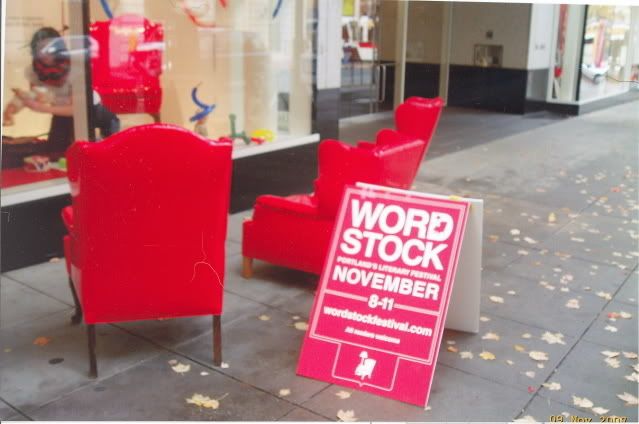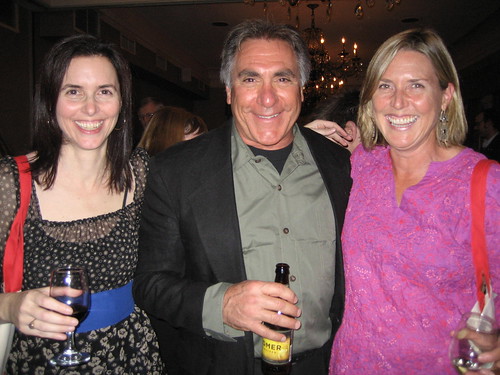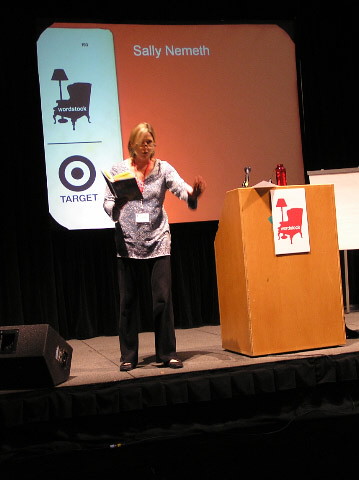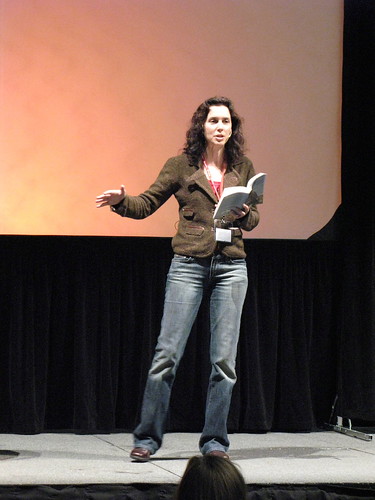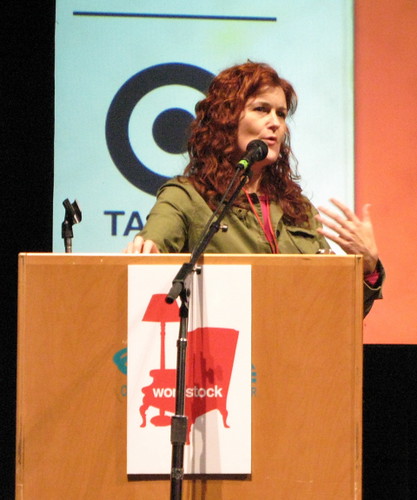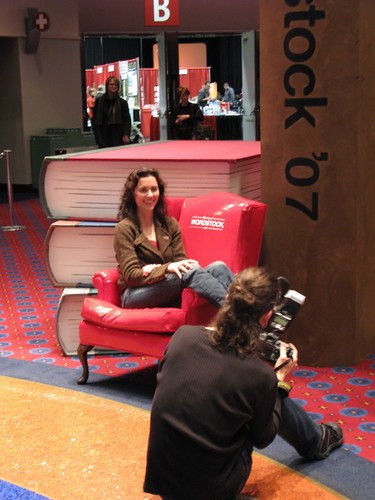Last sentence, last period, done. Stare numbly at the computer screen for a few minutes. Attach manuscript to an email and hit
Send. The book flies away to New York City. I collapse on the couch with a big juicy comfort-food-style novel and turn off brain. Meanwhile, in NYC, my editor goes to work.
Several weeks later, the manuscript—printed, this time, rather than electronic—arrives at my door via the wings of FedEx. I open the package with a mixture of excitement and anxiety, riffle through the pages. Penciled in the margins are brief notes from my editor:
Wow! and
Great line and
Tighten through here and, in several places,
See ltr.Ltr. means the editorial letter accompanying the manuscript. I’ve heard a lot of people complain that editors don’t edit anymore. If that’s true, then I’ve hit the publishing jackpot, because my editor is
amazing. My first draft, like all first drafts, had its creaky places—the action in one chapter not quite tracking with what came before, the emotional pitch a little off, the characters’ motivations gone a tad wonky. Most of those, I thought I’d fixed, or convinced myself,
No, it’s fine, really. But my editor has an uncanny nose for spots like this—she nailed every single one I knew about, and some I didn’t. If you’re having flashbacks of English comp class, getting your paper back with red marks all over it like a mouse after a cat’s done with it, fear not. The editorial letter is thoughtful, detailed, supportive, and encouraging. It's not criticism, it’s collaboration. Reading it left me inspired and enthused to tackle the rewrite, full of new ideas and possibilities for the story.
Inspiration and enthusiasm are key, because rewrites are tough. I heard this bit of writing advice once and never forgot it: “The first draft is the writer telling
herself the story. The second draft is the writer telling
the reader the story.” Meaning, the first draft is where we figure out what happens and what the book is really about. In the second draft, the job of revision is literally that—
re-vision. Seeing the story again, but this time from the reader’s perspective. Almost every scene is re-imagined to streamline the action, heighten the intensity, get to truths that weren’t quite realized before. Some scenes are tossed completely. (Another classic bit of writing advice: “Be willing to kill your darlings.” Painful—but necessary.)
From the arrival of the the manuscript on my porch to a finished, revised draft: six weeks. Ten or twelve hours a day, five days a week (I work my day job the other two days). That last week, I was at the computer sixteen to eighteen hours a day. And then...
Last sentence, last period, done. Stare numbly at the computer screen for a few minutes. Attach manuscript to an email and hit
Send. The book flies away to New York City. I get dressed, grab a protein bar, rush to my day job. Meanwhile, in NYC, my editor goes to work.
**To find out how the revised manuscript continues on its way to a finished book...stay tuned.




